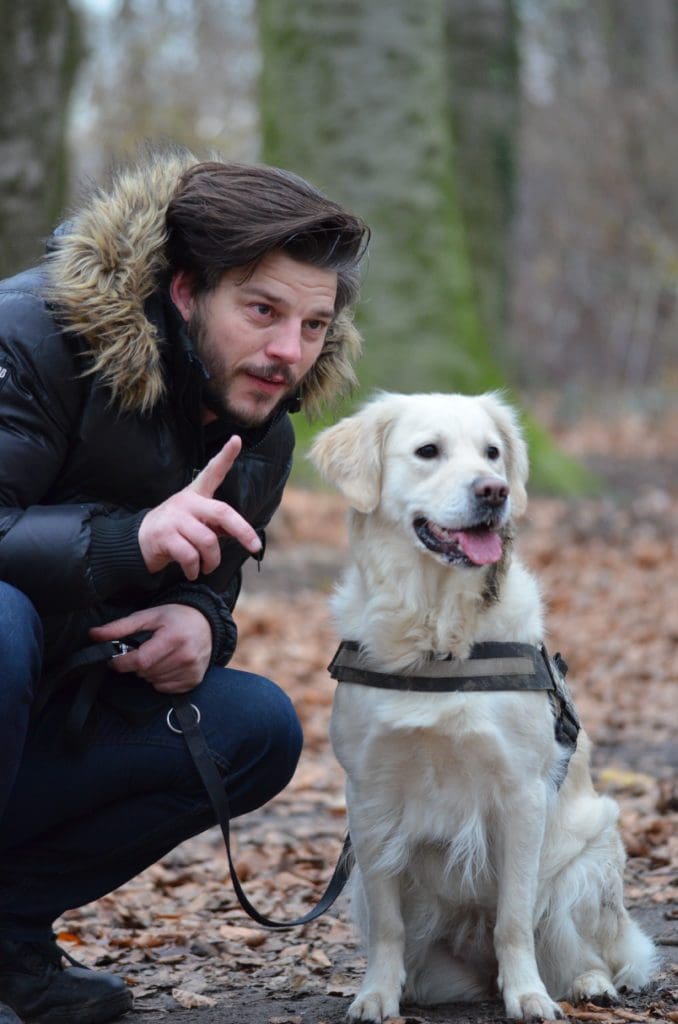Tips for Preventing Dog Bites
It’s no secret that dog adoptions increased significantly during the past few years. Americans sought to lessen their isolation during the COVID-19 pandemic by welcoming new furry friends into their lives. This has meant a lot of cuddles and companionship, but also an unforeseen problem. Many of these dogs are under-socialized and skittish around new people, often through no fault of the owner. It’s more important than ever to familiarize yourself with procedure for preventing dog bites. We’re here with some helpful tips.
The Signs of a Possible Dog Bite
The first thing to keep in mind is that dogs are living things with fears and neuroses. Dogs are complex creatures with a range of emotions. They can feel happiness, sadness, fear, and love. Just like humans, each dog is unique and will express these emotions in different ways. As a dog lover, it’s important to understand your dog’s emotional state. This can help you build a stronger bond with your furry friend and make sure they’re always happy and healthy. They’ll respond as their emotions dictate. Dogs may bite if they:
- Feel the need to protect themselves, their pack, or their puppies.
- Are touched in a way that causes them physical discomfort or pain.
- Become excited or hyperactive during play.
- Are feeling ill or are injured.
- Are startled, especially by an unfamiliar person or a loud noise.
Dogs obviously don’t speak, but they do communicate. Whether you’re a dog owner or just a pedestrian in an area with a large canine population, learning to read a dog’s body language will pay dividends. Be on the lookout for dogs showing signs of a possible bite, such as:
- Flattened ears
- Lowered head
- Fearful, cowering posture
- Tail between legs
- Tense posture
- Abrupt urination or defecation
- Bared teeth
- Growling, barking, etc.
Most of the time preventing dog bites is a matter of reading a dog’s body language and taking appropriate action. Dogs give plenty of warning signs before they bite, and if we know what to look for, we can prevent most bites from happening.
Preventing Dog Bites as a Dog Owner
It should come as no surprise that a proactive strategy is the best strategy in preventing dog bites. It is important to take responsibility for training and controlling your dog at all times. You are the first line of defense against bites, so be sure you do whatever it takes keep them from biting someone!
At a bare minimum you should put your dog through a program of basic obedience training. All dogs should respond to simple commands. Use these commands often and deploy positive reinforcement techniques to help them stick. A program of education is most effective when reinforced throughout life. That applies to people as well as dogs. Under no circumstances should you discipline your dog with physical violence. You will have far better results with positive reinforcement.
Most of all you should take pains to know your dog. Keep their vaccinations up to date. Learn and practice good leash-walking technique. If they are skittish or prone to nervousness, be sure to inform people who express an interest in interacting with your dog. Be mindful of their temperament and help them avoid undue stress. Dogs universally love people but not all are natural social butterflies.
If you Cannot Prevent a Dog Bite, Who is Liable?
Despite your best efforts, you may still find yourself the victim of a dog bite, or find that your dog has bitten someone. In the immediate aftermath it is essential to confine the dog and help the injured party seek medical attention. Clean any wounds thoroughly. Contact local authorities, and comply with their instructions.
Once the dust settles you should make sure to know your rights, responsibilities, and any possible liability. The legal aftermath of a dog bite can be far more complicated than it may appear. For instance: was the dog in the care of a pet-sitter or dog-walking service at the time of the incident? Do you live in a jurisdiction with so-called “one bite” laws? Was the owner aware of any aggressive tendencies their dog had? Did they inform the victim? Does their conduct constitute negligence?
Contact a Dog Bite Lawyer
The quickest and most expedient way to learn the answers to any and all of these questions is to contact an experienced personal injury attorney. Don’t go it alone. At Malloy Law Offices, LLC our attorneys have years of experience in personal injury suits involving dog bites. Call us today. We can offer you a free consultation, advise you of your rights, and help you seek the compensation you are entitled to.



